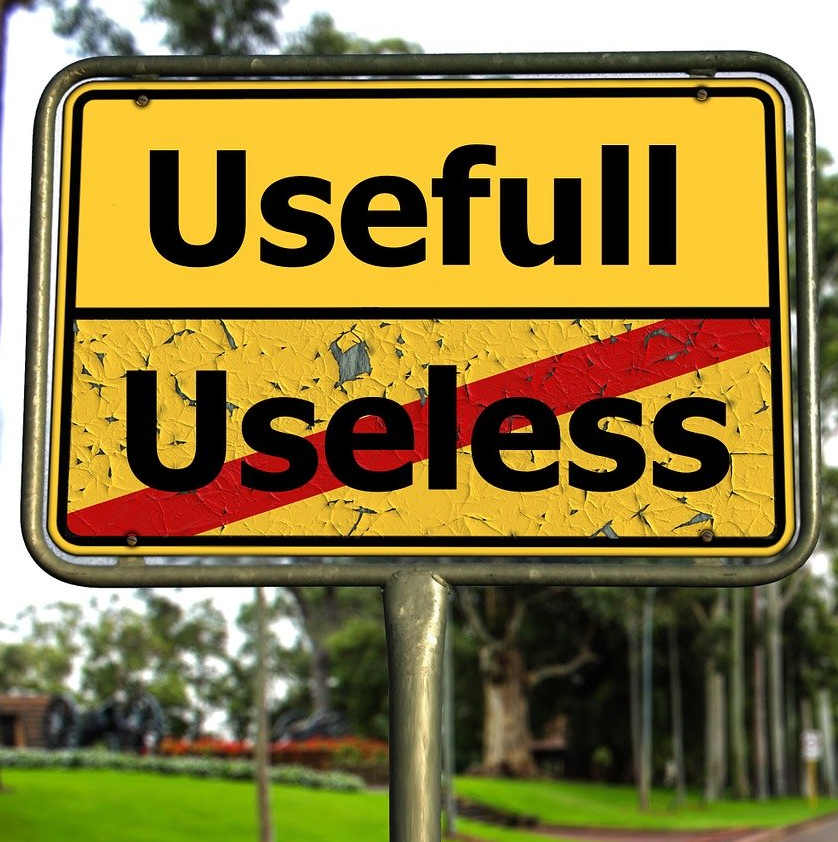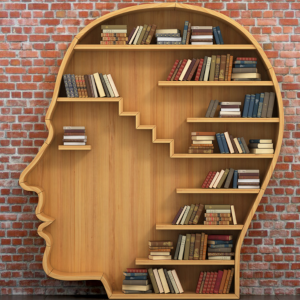"When you get into the water, you learn to swim."
Too much material, too little time.
You are running out of time. You don't know how you can cope with the learning material in the remaining time.
You have the feeling that you learn incredibly unproductively, which is unfortunately too often reflected in your not-so-good
good grades. You know people who are not smarter than you, but get much better grades.
Where does that come from? Simple. Because you never learned it:
learning to learn .
What you need now are brain-friendly instructions for learning. And that's exactly what learning and mnemonics are.
They are a powerful tool for efficient and effective learning. Learning techniques,
that suit you and that you are confident in, help you to structure the learning process, give you a sense of control and, most importantly
sense of control and most importantly, they help you save learning time.
To help you get an overview of proven learning and mnemonics,
here you will find methods that will help you to make your learning process
faster,
more effective and less stressful .
Pick the learning techniques that suit you and then use them regularly.
Guaranteed success with these 7 learning techniques
#1 Pomodoro-Technique
Pomodoro means tomato in English. It is actually an egg clock with the appearance of a tomato,
with the help of which you can significantly improve your learning and time management.
more
#2 Flashcards
The flashcard is a classic tool for systematic learning. For this purpose, a keyword (e.g. vocabulary, date, etc.) is written on the front of a card.
(e.g. vocabulary, date, etc.) is written on the front of a card and the solution (the fact to be learned) is written on the back.
With the help of several subjects it is possible to repeat exactly the facts that have not yet been internalized.
There is also flashcard software.
more
#3 Picture System
Modern man is unfortunately very "cerebral" and thinks mainly logically and analytically. But each of us has a powerful a powerful memory turbo, which we would only have to switch on and train a little. The memory turbo works with images that are linked with numbers. You will be amazed how easy it is. more
#4 The Loci-Method
The loci technique (Latin locus = place) is one of the oldest and most proven methods of remembering things in a certain order. The Greeks and Romans used it to memorize important concepts in free speech, which often lasted several hours. of free speech, which often lasted for several hours. However, the loci technique requires ambition and practice. Many memory artists work with this method to memorize a lot of information in a very short time. more
#5 The story system
Especially children and teenagers learn excellently with the story system. This mnemonics technique is about being creative and inventing memorable stories for the facts that have to be learned by heart. more
#6 Mindmapping
The concept was developed by the British Tony Buzan. The technique of mind mapping brings
rational thinking into the learning process and addresses the creative as well as analytical areas of the brain.
of the brain. Roughly speaking, in this technique all thoughts are recorded and visualized with the help of a "mind map".
more
#7 Memory spells
Mnemonics are mnemonic devices for easy learning of factual knowledge. Mnemonic phrases are often are often funny or memorable sentences that rhyme. Mnemonic phrases are used when pure factual knowledge must be factual knowledge that is not related to knowledge that is already known. Things, that cannot be related to other things are difficult to memorize. more
What are mnemonics
Mnemonics are a kind of brain-friendly instruction manual for learning. These techniques help you to store information
quickly and permanently in your memory without much effort.
The origin of mnemonics is around 500 BC. Greek speechmakers have already used these methods at that time
in order not to lose the red thread in free speech. The basis of all mnemonics is association.
Associations can be, links between pictures, words, numbers, symbols or places.
Most mnemonics are easy to learn and can, if used correctly, increase memory performance many times over.
by a multiple.
Increase of memory performance
The learning techniques presented on this page are all related to the improvement of memorization and
Memory Performance. By applying these techniques, the capacity of your memory will be increased and at the same time
and at the same time significantly increase learning efficiency.
The pages are designed in such a way that you will understand the principle of the presented learning techniques without any previous knowledge.
Each learning technique is briefly described, with examples often given for better understanding.
A good trick to memorize learning content is also the unusual challenge of explaining what you have learned to another - real or imaginary - person. real or imaginary person. For example, when a law student explains rules of the STVO to a foreign guest rules of the road traffic regulations to a foreign guest, or when a student explains the Pythagorean theorem he has just learned not to his teacher, but once his grandmother explains.
Memory tricks were successfully used by the ancient Greeks and Romans to remember the sequence of Topic points with speeches to remember. To the application an elementary principle of the learning research comes: must the brain has to deal with the information presented, then it learns best. Most learning techniques work according to this principle.



